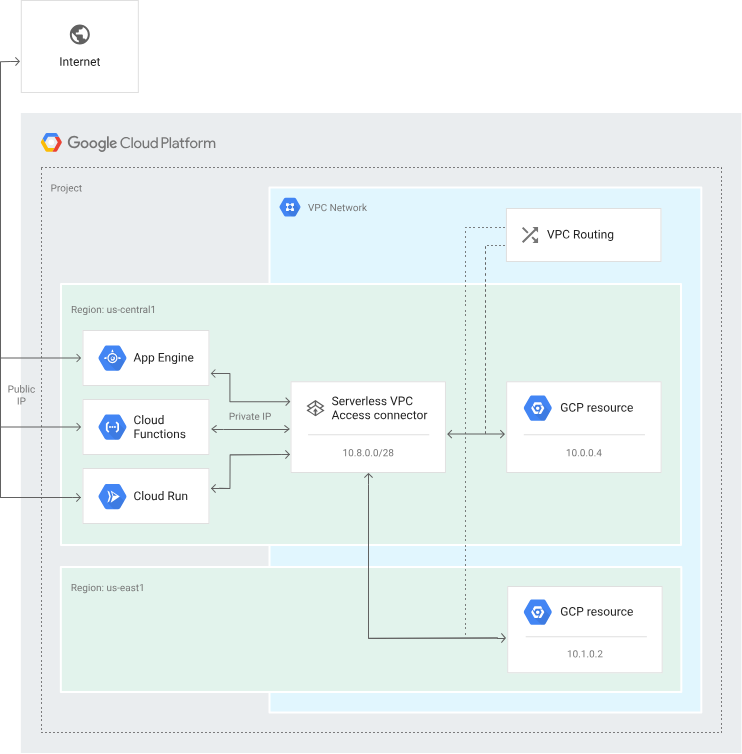A look at news from Amazon Web Services: a backtrack feature and simplified authentication
- Amazon Aurora Backtrack
- EC2 C5d Instances
- Simplified ALB Authentication
- Quicksight Pay-Per-Session Pricing
On this page
Share this
Share this
More resources
Learn more about Pythian by reading the following blogs and articles.
Lifecycle management and other new AWS features now GA
![]()
Lifecycle management and other new AWS features now GA
Oct 16, 2018 12:00:00 AM
6
min read
Secure the Connection to Your VPC Network from Serverless Environments in Google Cloud

Secure the Connection to Your VPC Network from Serverless Environments in Google Cloud
Jan 12, 2024 1:16:55 PM
5
min read
Deploying Azure Kubernetes cluster with container health monitoring service
![]()
Deploying Azure Kubernetes cluster with container health monitoring service
Jun 8, 2018 12:00:00 AM
8
min read
Ready to unlock value from your data?
With Pythian, you can accomplish your data transformation goals and more.
